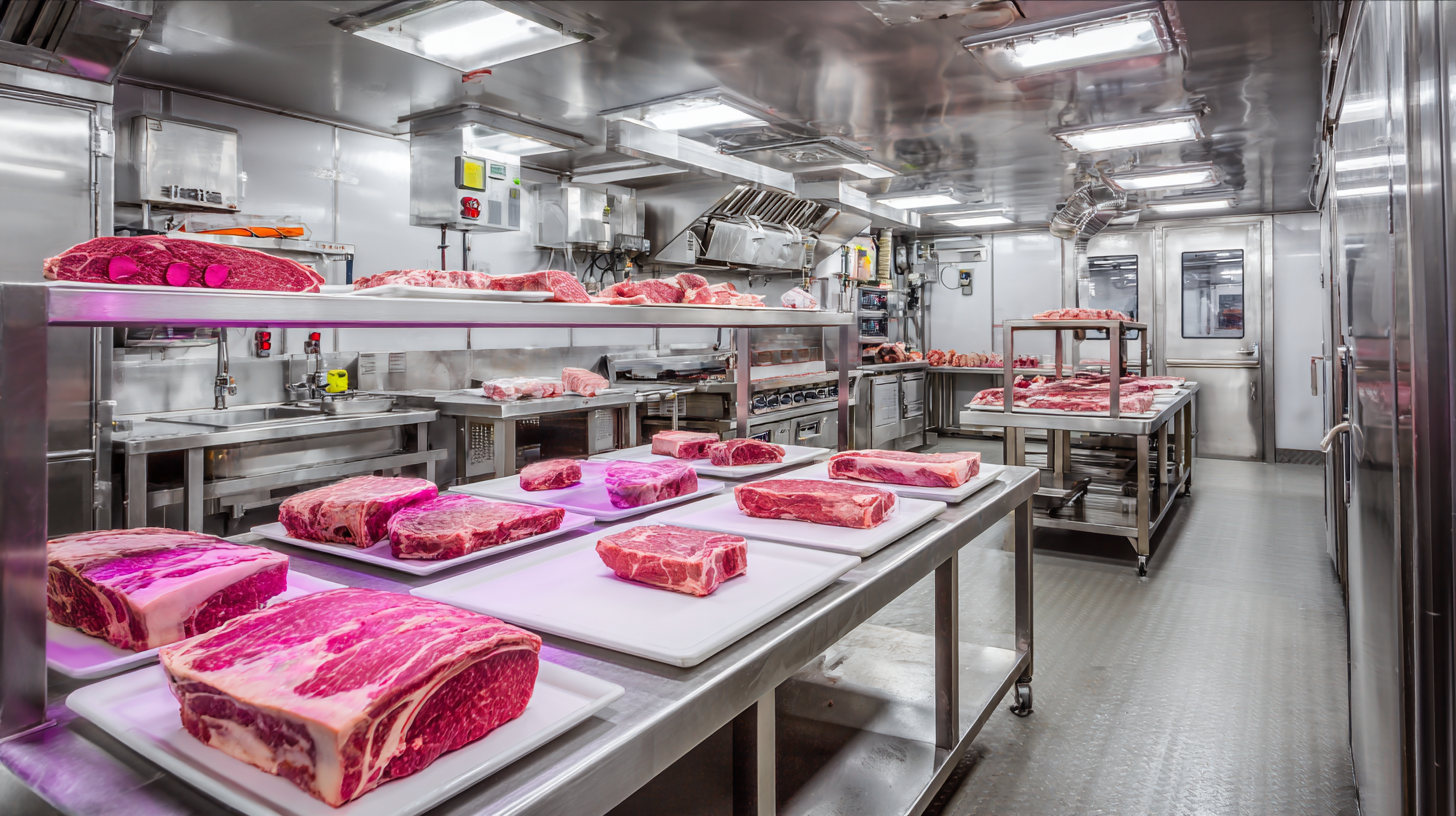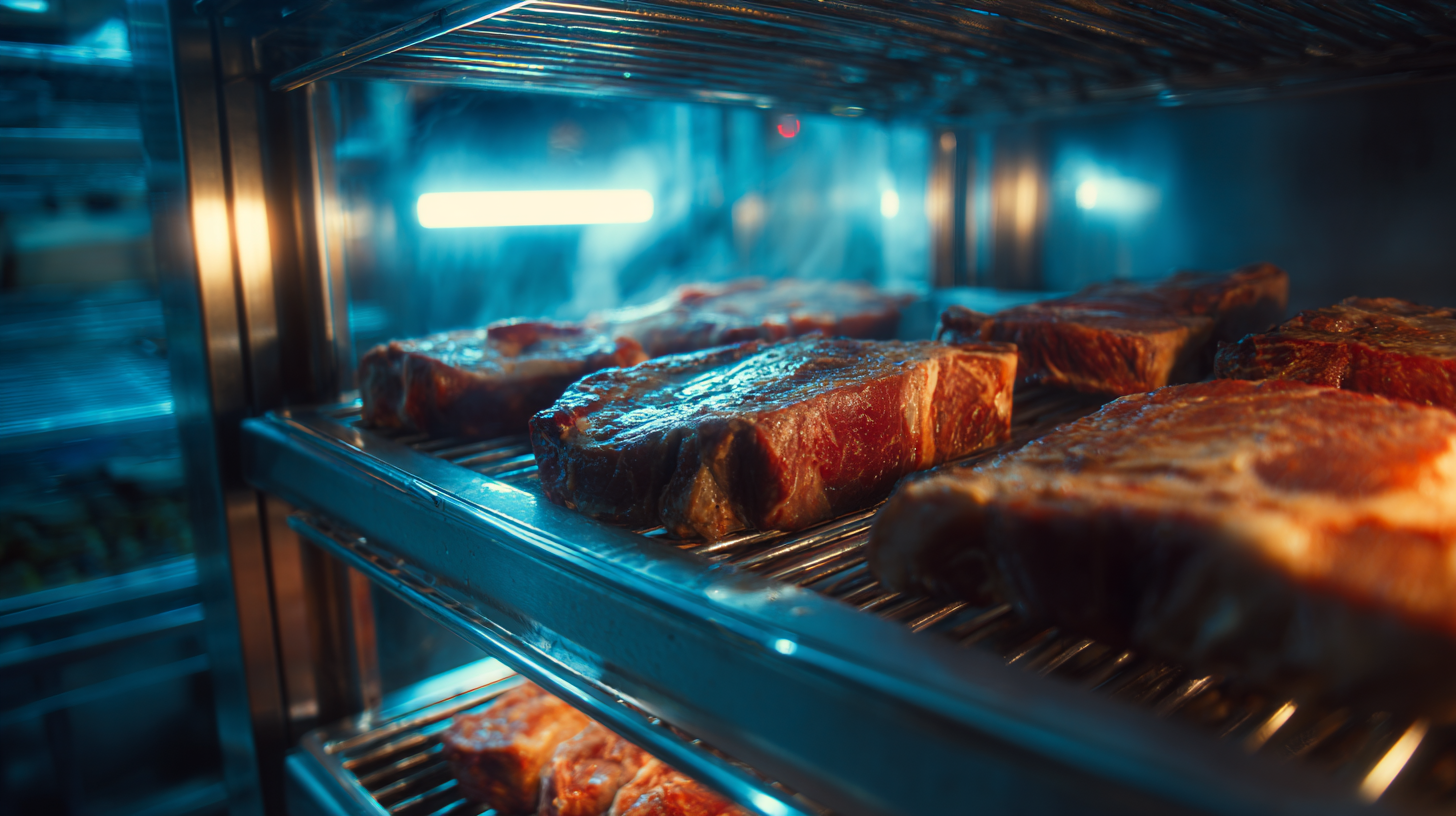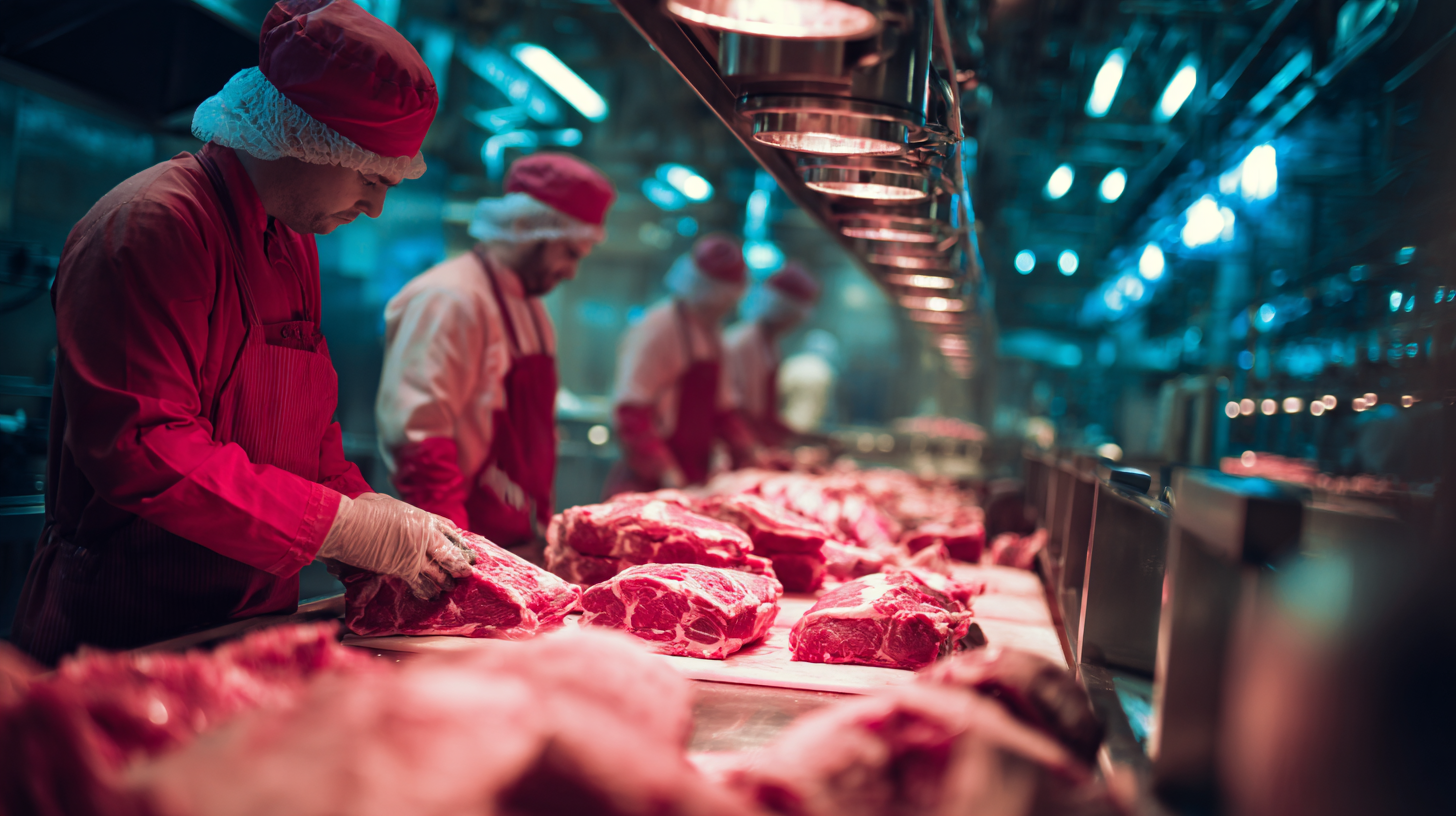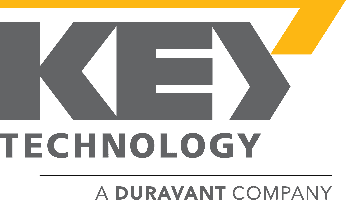7 Secrets to Choosing the Best Meat Equipment for Your Business
In the meat processing industry, the right Meat Equipment can be a game changer for business success. According to a 2023 report by MarketsandMarkets, the global meat processing equipment market is expected to reach USD 10.09 billion by 2025, growing at a CAGR of 5.4%. This growth is driven by increasing demand for high-quality, processed meat products and the need for efficiency and food safety compliance in production. Choosing the best Meat Equipment is crucial not only for enhancing operational efficiency but also for meeting stringent health regulations. With numerous options available, understanding the key factors that influence equipment selection can significantly impact product quality, labor costs, and overall profitability in an increasingly competitive market. As the industry evolves, businesses must leverage innovative technologies and select equipment that caters to their specific needs to stay ahead in this dynamic landscape.

The Importance of Quality Standards in Meat Equipment Selection
 When selecting meat equipment for your business, adhering to quality standards is crucial for ensuring food safety and operational efficiency. According to the Food and Agriculture Organization (FAO), the meat industry is responsible for about 18% of global foodborne diseases, emphasizing the need for high-quality processing equipment. Equipment that meets stringent quality regulations can significantly reduce contamination risks and enhance product preservation.
When selecting meat equipment for your business, adhering to quality standards is crucial for ensuring food safety and operational efficiency. According to the Food and Agriculture Organization (FAO), the meat industry is responsible for about 18% of global foodborne diseases, emphasizing the need for high-quality processing equipment. Equipment that meets stringent quality regulations can significantly reduce contamination risks and enhance product preservation.
Moreover, investing in top-grade meat equipment can lead to better compliance with industry standards. For instance, the International Organization for Standardization (ISO) establishes protocols that ensure safety and quality in meat processing. A study by the North American Meat Institute indicates that 93% of meat processors utilizing certified equipment reported improved product quality and reduced waste. These statistics highlight the undeniable benefits of prioritizing quality standards in meat equipment selection, leading to increased customer trust and a thriving business.
Understanding Industry Regulations for Meat Processing Equipment
When selecting meat processing equipment for your business, it's crucial to navigate the complex landscape of industry regulations. Compliance with these regulations not only ensures safety and quality but also protects your business from potential legal issues. The regulations often vary by region, so it’s essential to understand the specific requirements that apply to your location and the type of meat products you handle. This includes standards set by government agencies regarding food safety, equipment sanitation, and operational procedures.
In addition to federal regulations, local health departments may impose additional rules, particularly concerning equipment materials and maintenance practices. Investing time in researching these guidelines can save your business from costly fines. Ensure that the equipment you choose meets or exceeds the necessary certifications, such as NSF or HACCP, which demonstrate adherence to safety and sanitation standards. By prioritizing compliance from the outset, you foster a culture of safety and quality that resonates with customers and boosts your reputation in the meat industry.

Digital Solutions: Enhancing Efficiency with Modern Meat Equipment
In today's competitive meat industry, leveraging digital solutions is vital for enhancing operational efficiency. According to a report by the North American Meat Institute, technology adoption can lead to a 15%-20% increase in processing efficiency. Modern meat equipment equipped with digital capabilities not only streamlines workflows but also provides real-time data analytics, enabling businesses to make informed decisions swiftly. For instance, smart scales and automated slicing machines can minimize human error, ensuring precision in weight and cuts, thereby reducing waste.
Moreover, integrating IoT (Internet of Things) technologies into meat processing equipment can significantly enhance traceability and compliance. A study by Research and Markets projected that the global smart meat processing market will reach $7.63 billion by 2025, highlighting the growing trend of automation and data-driven insights in the industry. By adopting these digital solutions, meat businesses can not only meet regulatory requirements but also boost overall productivity, positioning themselves for long-term growth in a rapidly evolving marketplace.
Efficiency of Modern Meat Equipment
Key Features to Look for When Choosing Meat Equipment
When selecting meat equipment for your business, understanding key features is crucial to making the right choice. First and foremost, consider the equipment’s durability and build quality. Meat processing requires robust machinery that can withstand the rigorous demands of daily operations. Stainless steel is a popular material due to its resistance to corrosion and easy cleaning properties, which are essential for maintaining hygiene standards in food service.
Another vital feature is the efficiency of the equipment. Look for machines that offer higher yields, minimize waste, and decrease processing time. For instance, cutting machines should provide precise slices to ensure even cooking and portion control. Additionally, assess the ease of use; straightforward controls and ergonomic designs can significantly reduce training time for staff and enhance productivity. Finally, don’t overlook the importance of energy efficiency, as equipment that consumes less energy can lead to substantial cost savings in the long run, making it not only a smart investment but also an environmentally friendly choice.
7 Secrets to Choosing the Best Meat Equipment for Your Business - Key Features to Look for When Choosing Meat Equipment
| Feature | Importance | Considerations | Examples of Equipment |
|---|---|---|---|
| Durability | Essential for long-term use and cost-effectiveness | Look for stainless steel construction and warranties | Meat Slicers, Grinders |
| Ease of Cleaning | Prevents bacteria buildup, maintaining hygiene standards | Removable parts and smooth surfaces are ideal | Saw Machines, Processing Tables |
| Versatility | Allows handling a variety of meat types and cuts | Choose equipment that can perform multiple functions | Multi-functional Grinders, Mixers |
| Safety Features | Protects staff from injuries during operation | Look for guards, emergency stops, and safety locks | Meat Bandsaws, Vacuum Sealers |
| Energy Efficiency | Reduces operational costs and environmental impact | Check for energy ratings and low consumption models | Refrigeration Units, Thermoforms |
| Support and Service | Ensures equipment is properly maintained and repaired | Inquire about customer support and servicing options | All Equipment Types |
| Cost | Affects initial investment and long-term profitability | Balance quality with budget constraints | Budget Meat Cuts, Commercial Equipment |
Evaluating Cost vs. Performance in Meat Processing Equipment Choices
When selecting meat processing equipment, the balance between cost and performance is crucial for any business aiming to optimize efficiency and profitability. A recent report from IBISWorld highlights that the meat processing equipment industry is projected to grow at an annual rate of 3.1% over the next five years, signaling a robust market where businesses must prioritize their investments. Understanding the specific needs of your operation—such as production volume and processing capabilities—is essential. Higher initial costs may be justified by increased durability and advanced technology, which can reduce long-term operational costs.
In addition, a study by Market Research Future indicates that equipment with better energy efficiency and automation can lead to savings of up to 20% in operational expenses. Investing in high-performance equipment not only enhances processing speed but also minimizes waste, which is particularly vital in the meat industry where margins can be tight. Therefore, careful evaluation of both upfront costs and long-term benefits is critical in making informed decisions that ensure sustainable growth and operational excellence in meat processing.









